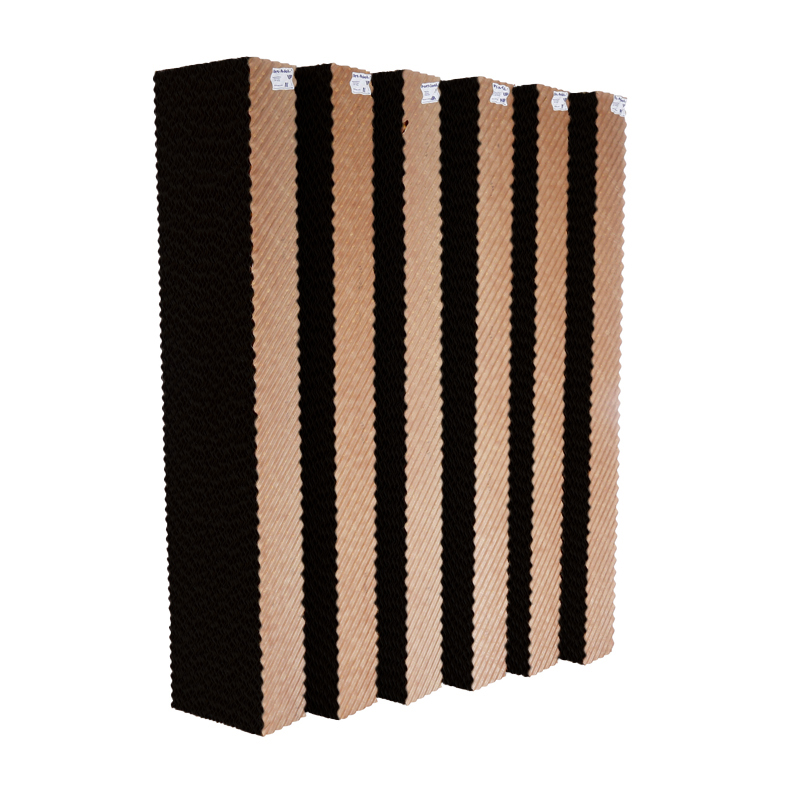
PORTACOOL
Jetstream™ 270 HydroTek™ Replacement Media Set – Set of 6
In-Stock$809.99
This product is compatible with:
Classic Series
Jetstream Series
Jetstream 270
PAC2K482S